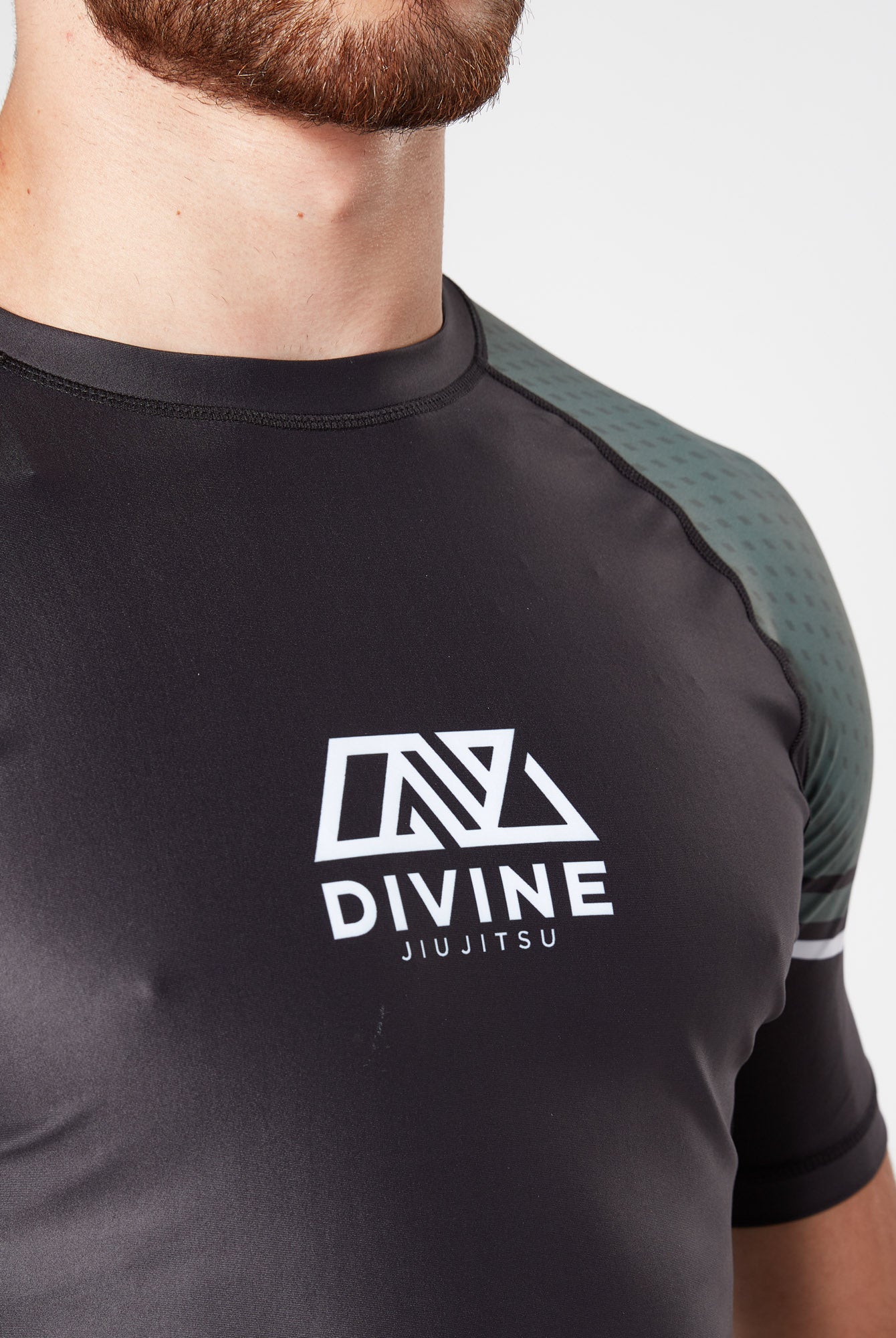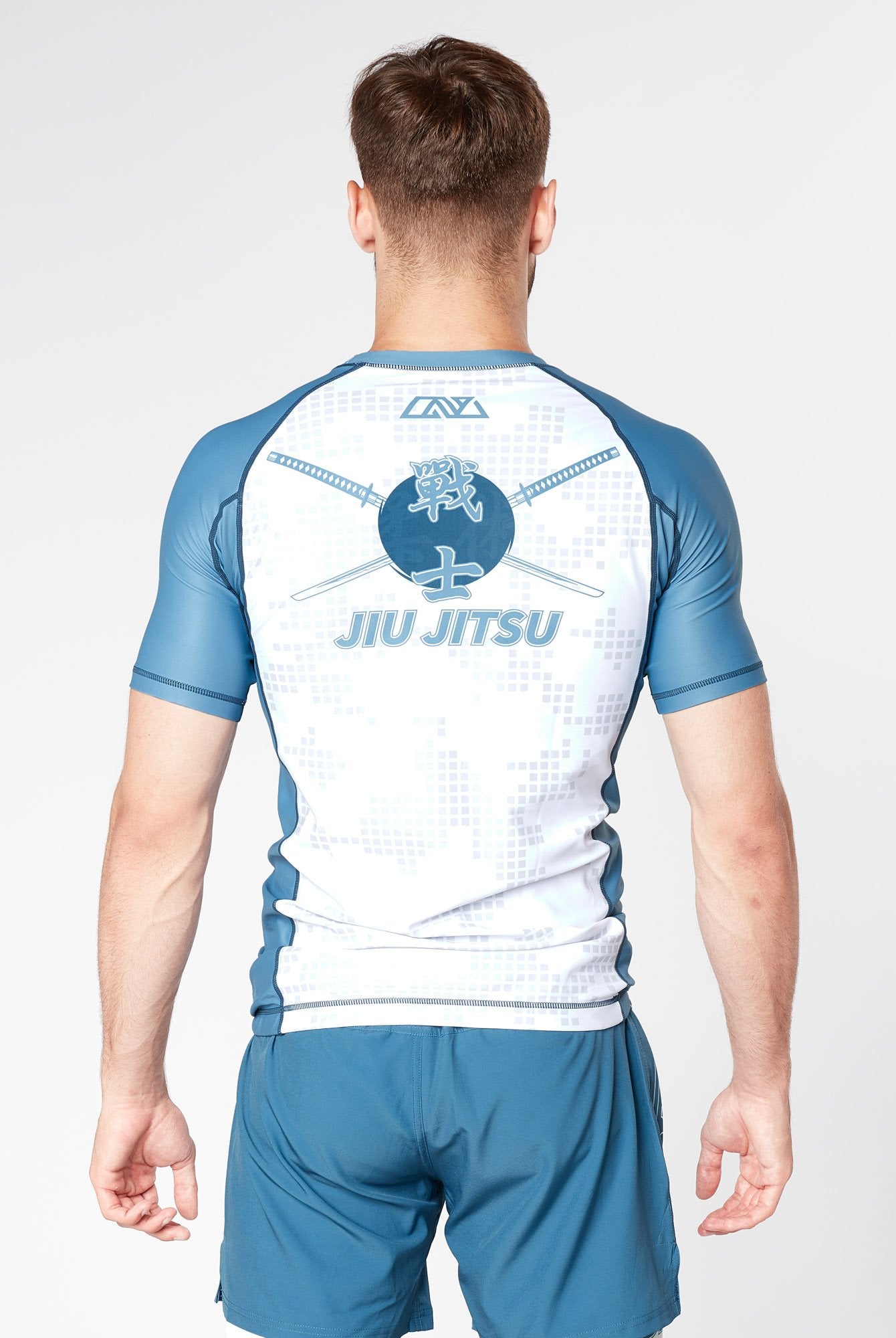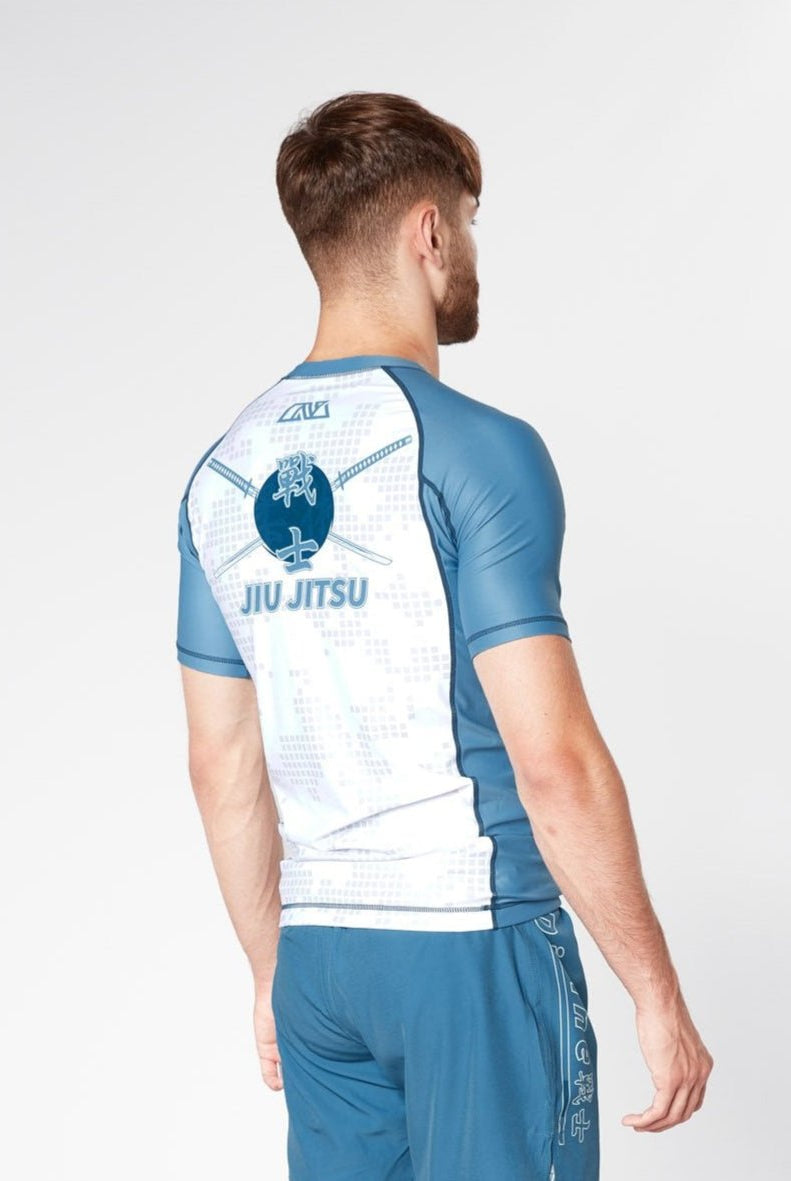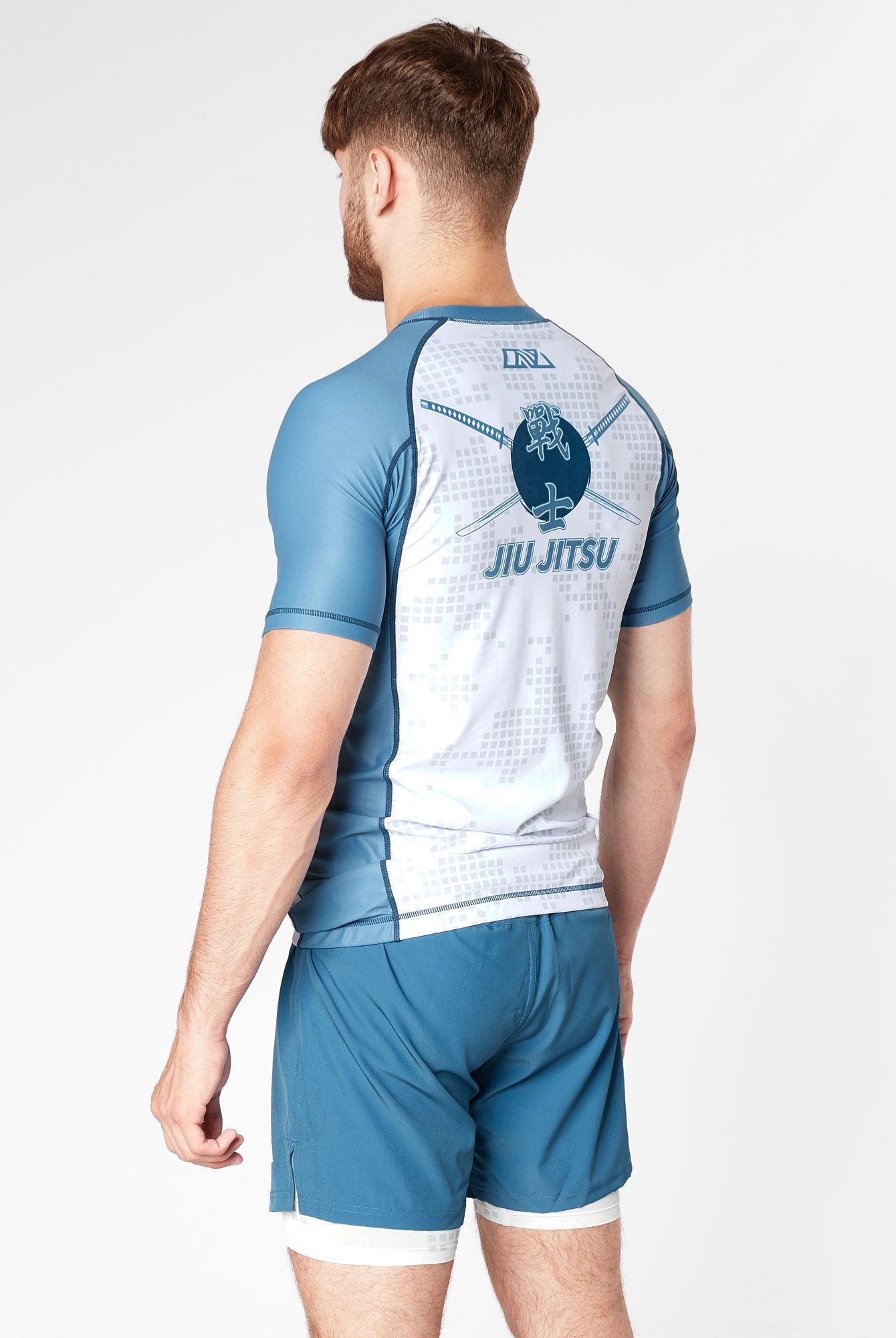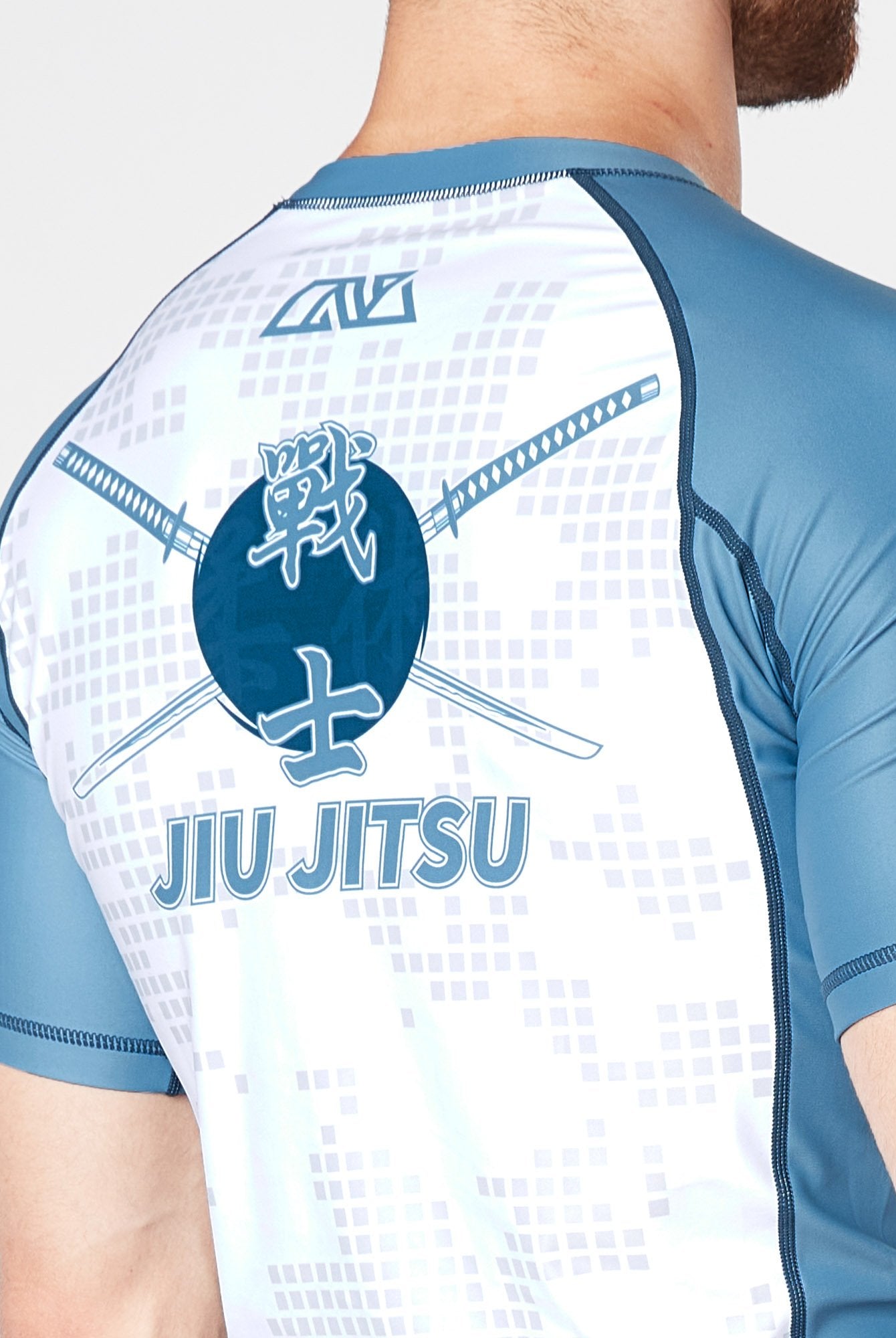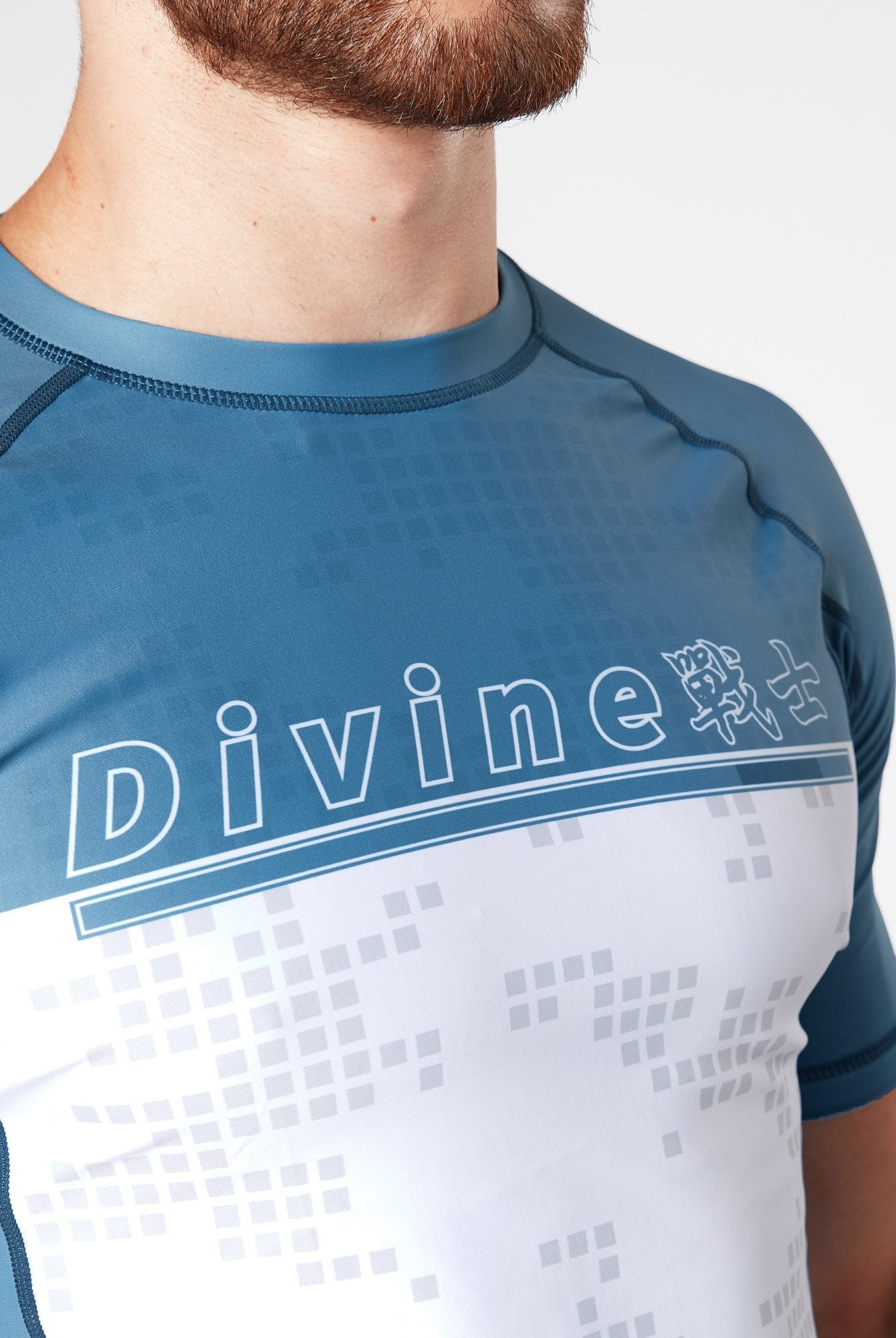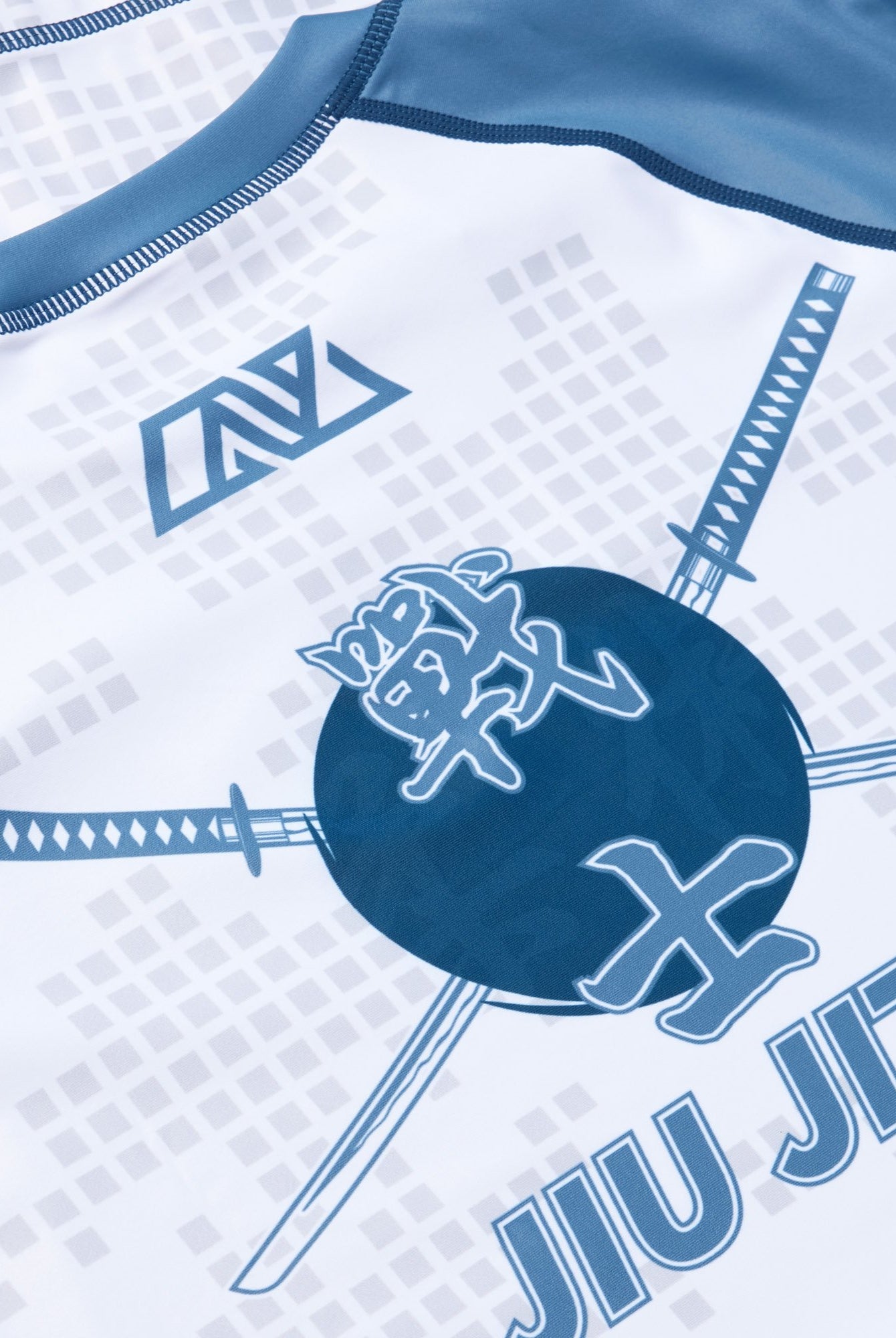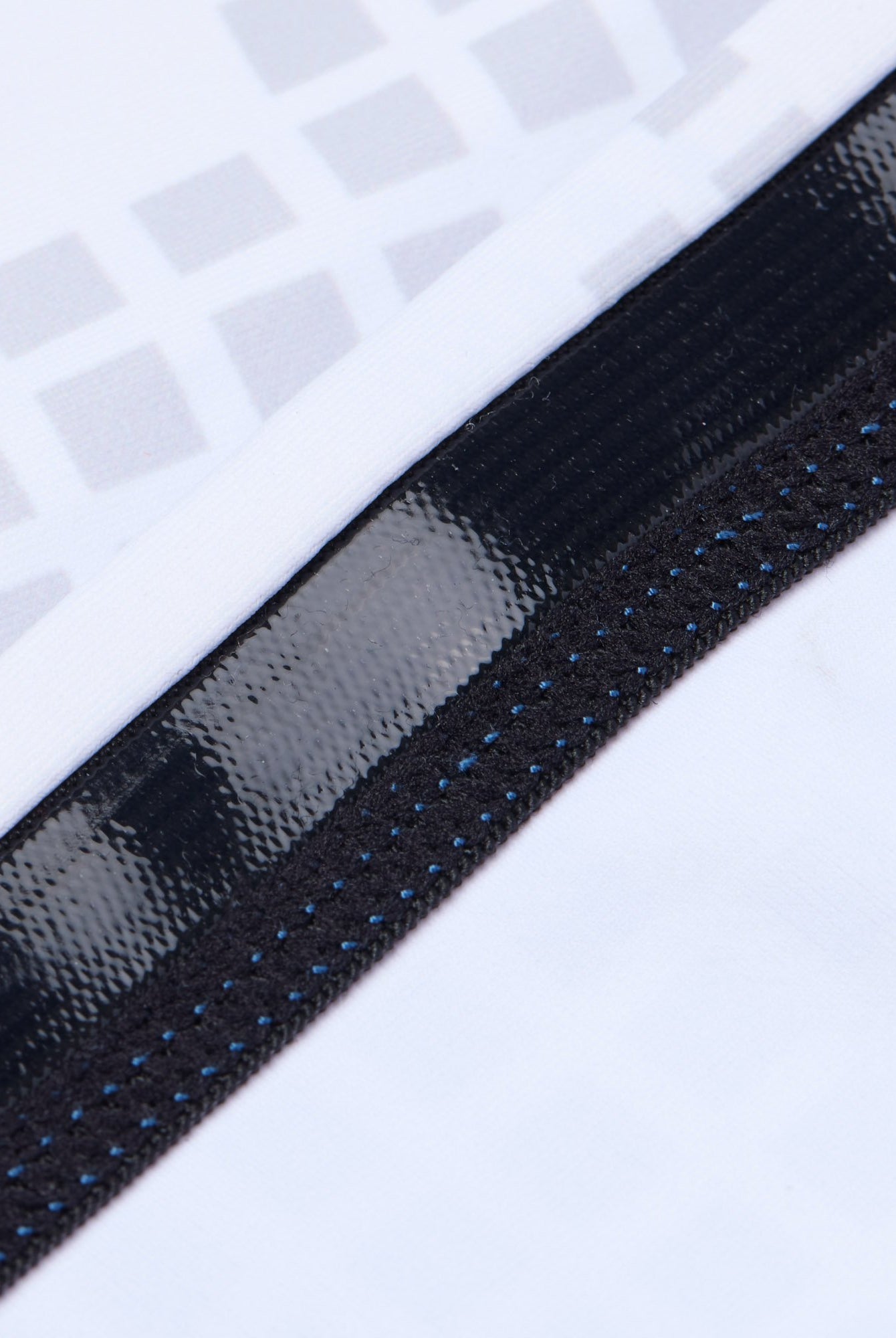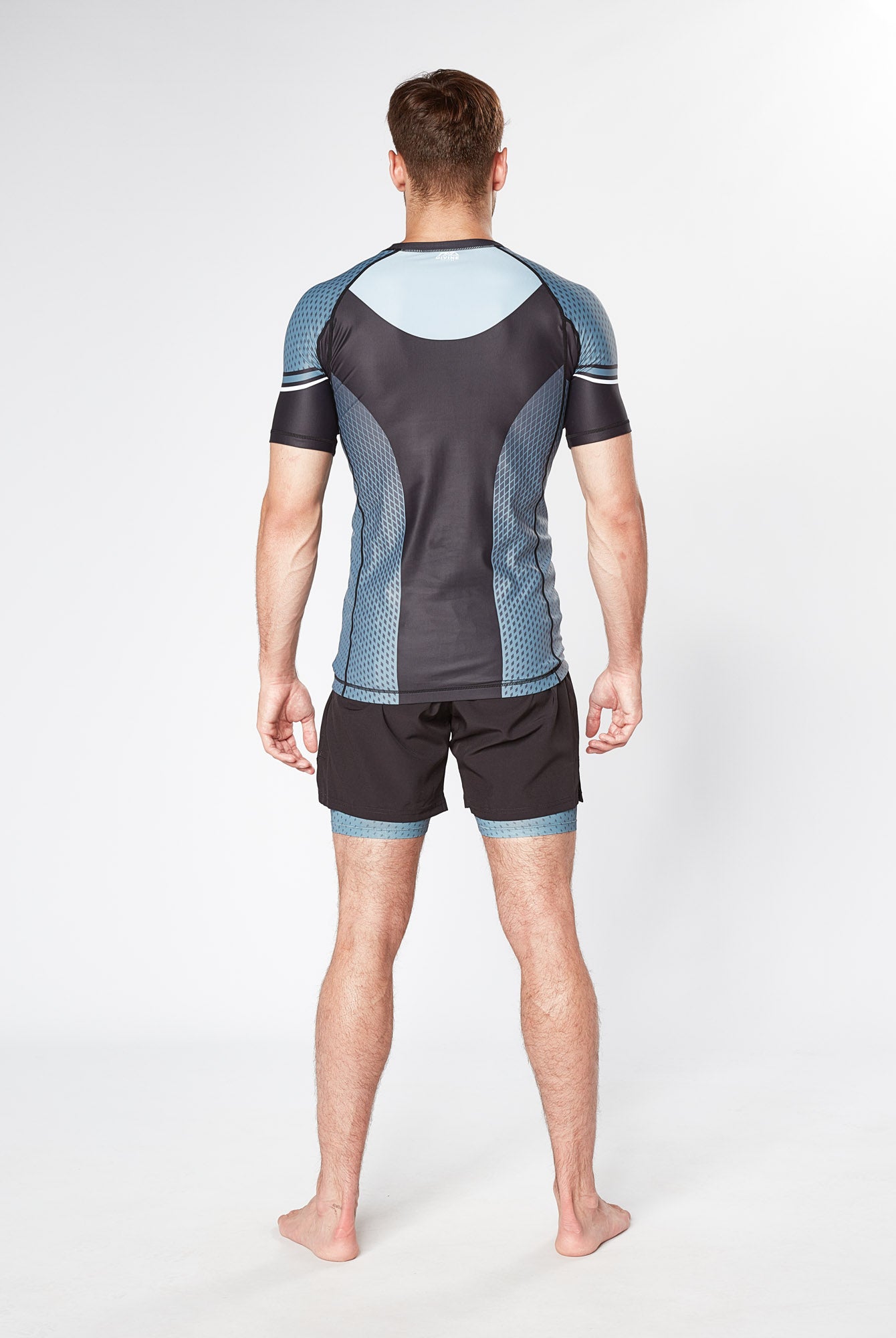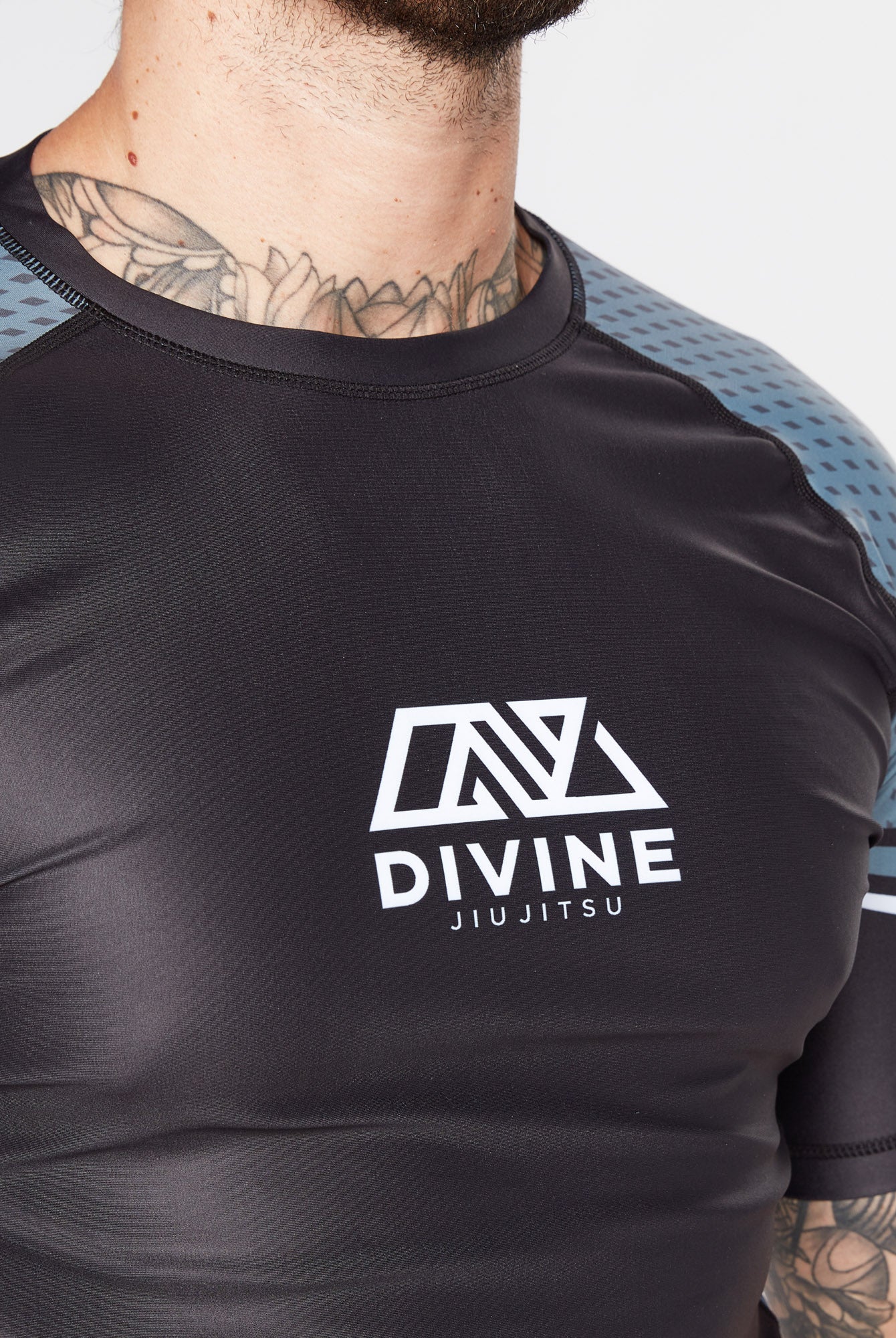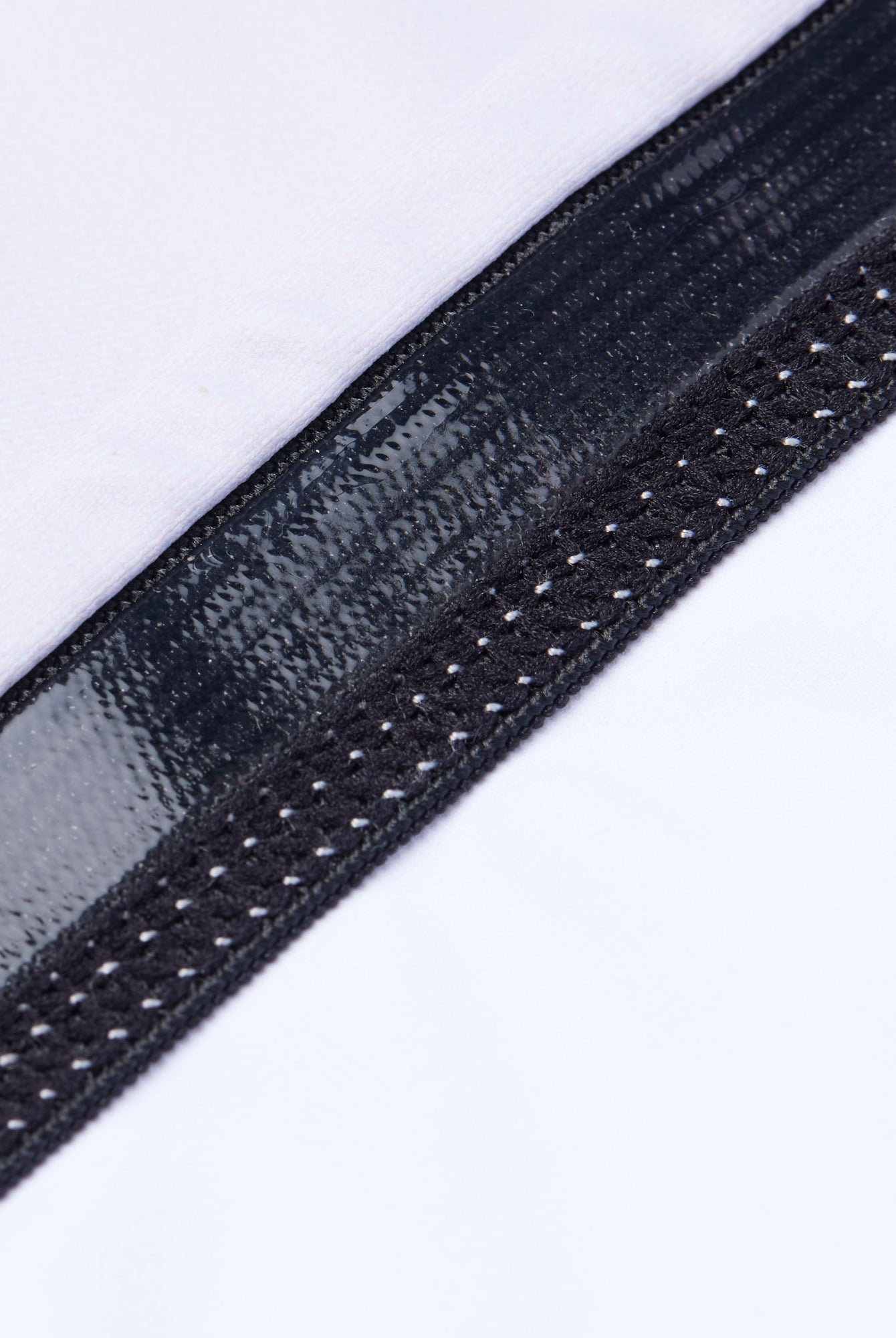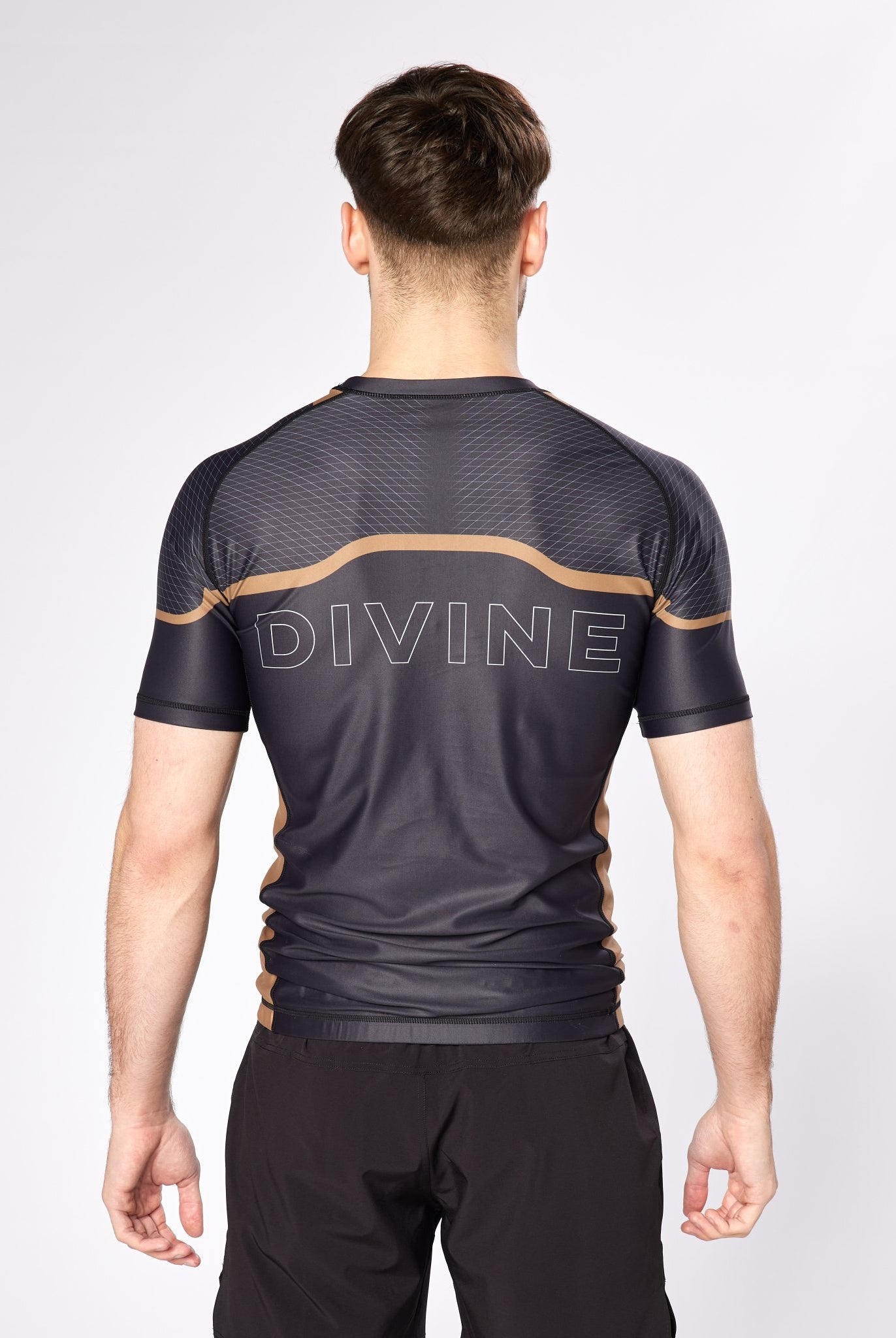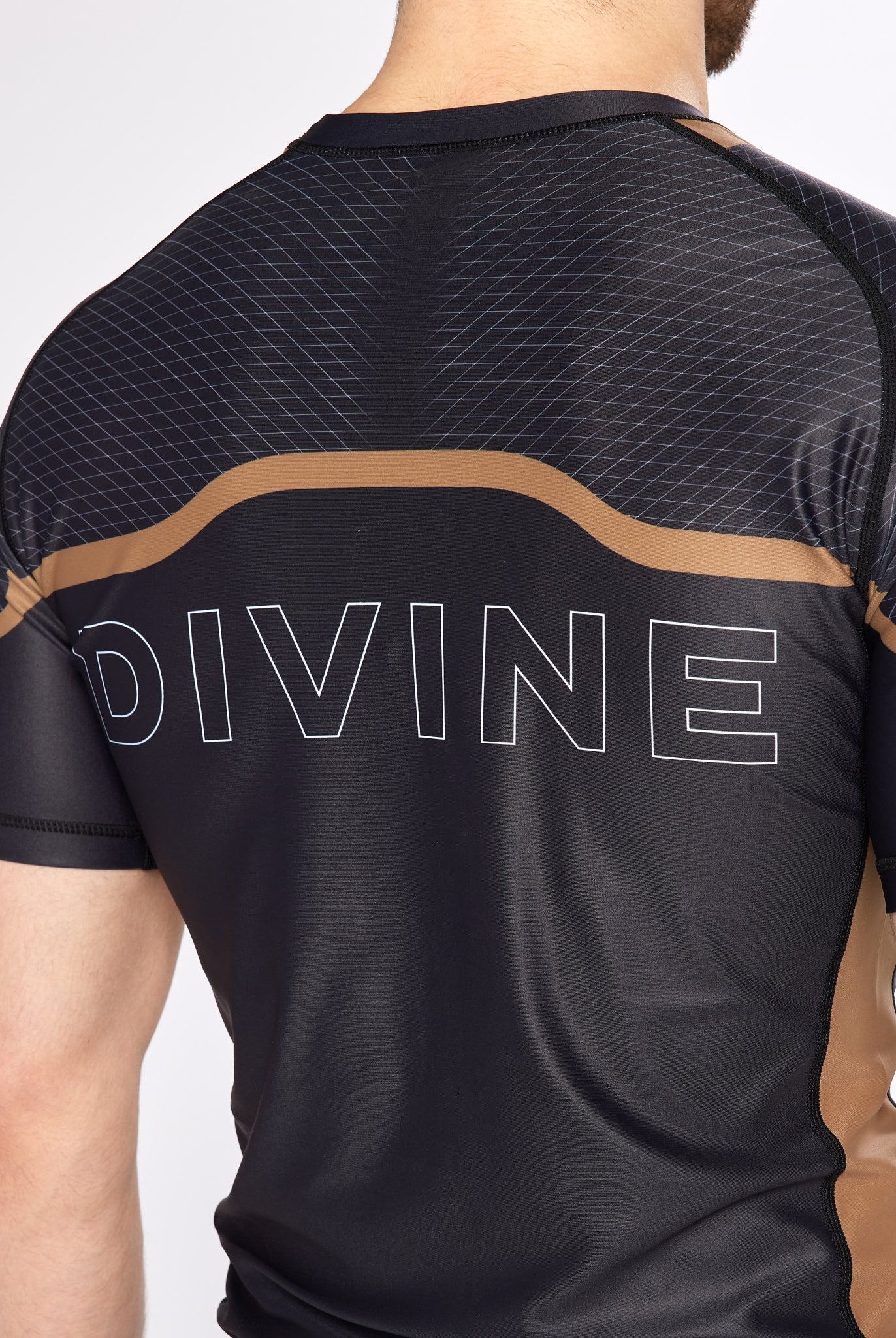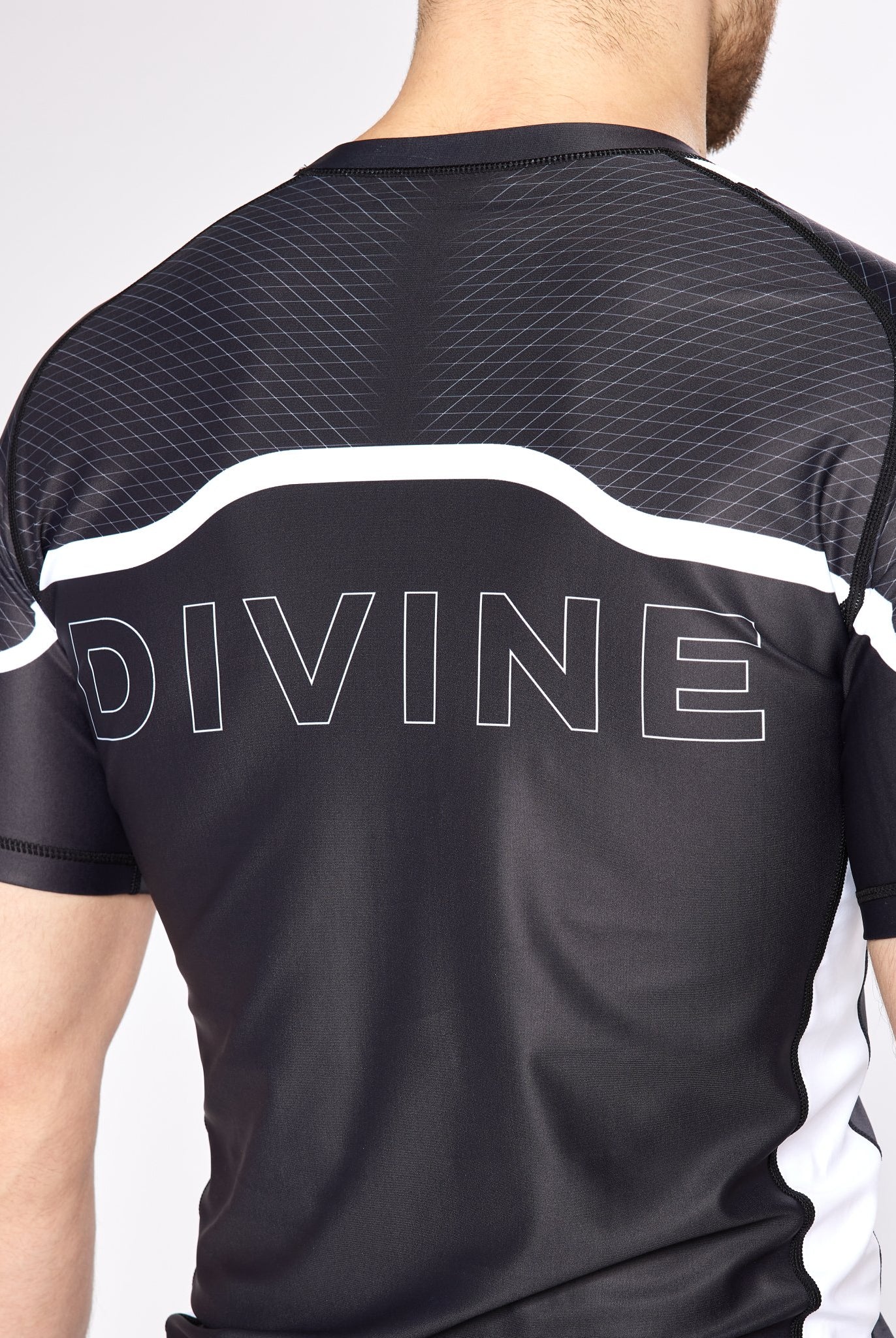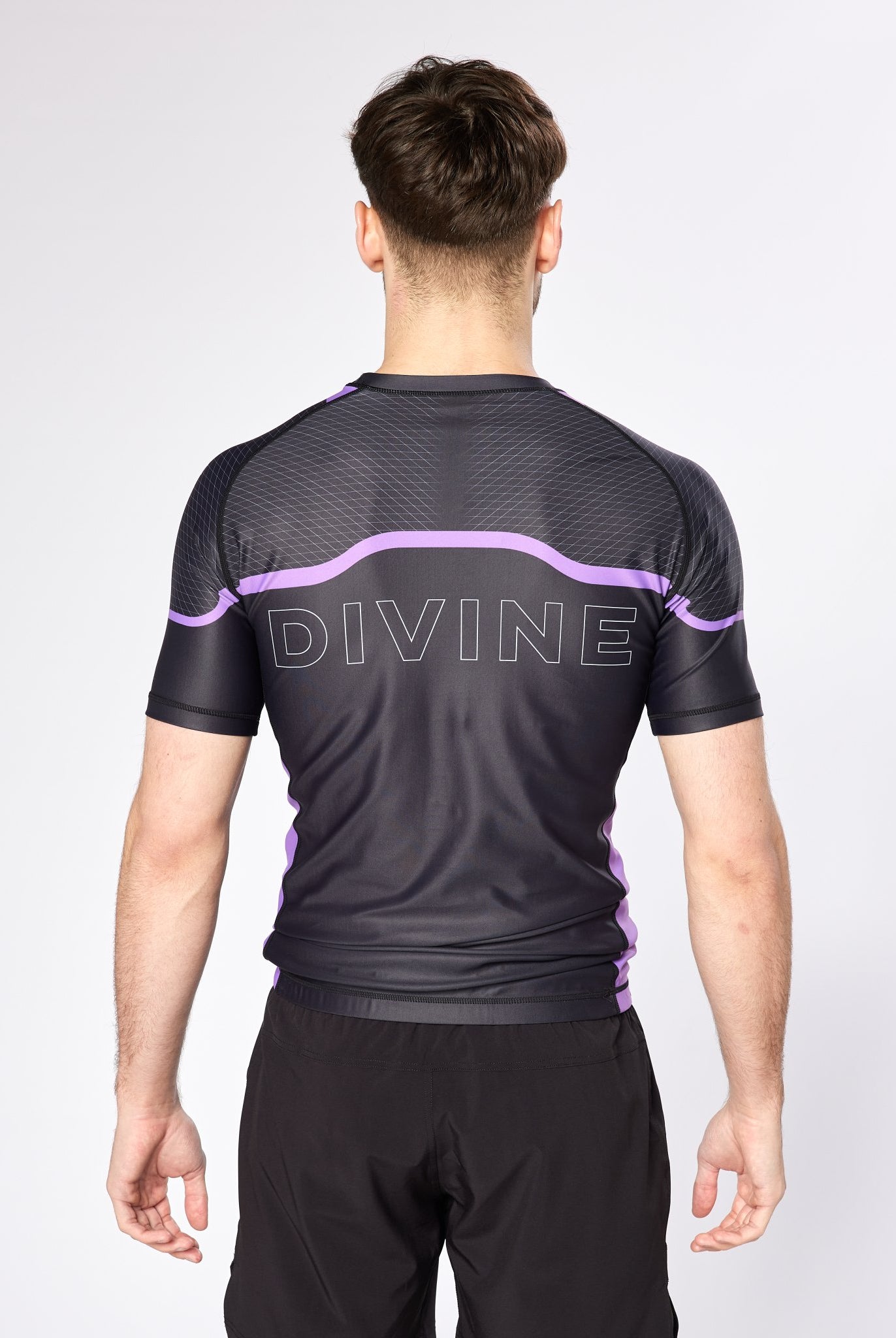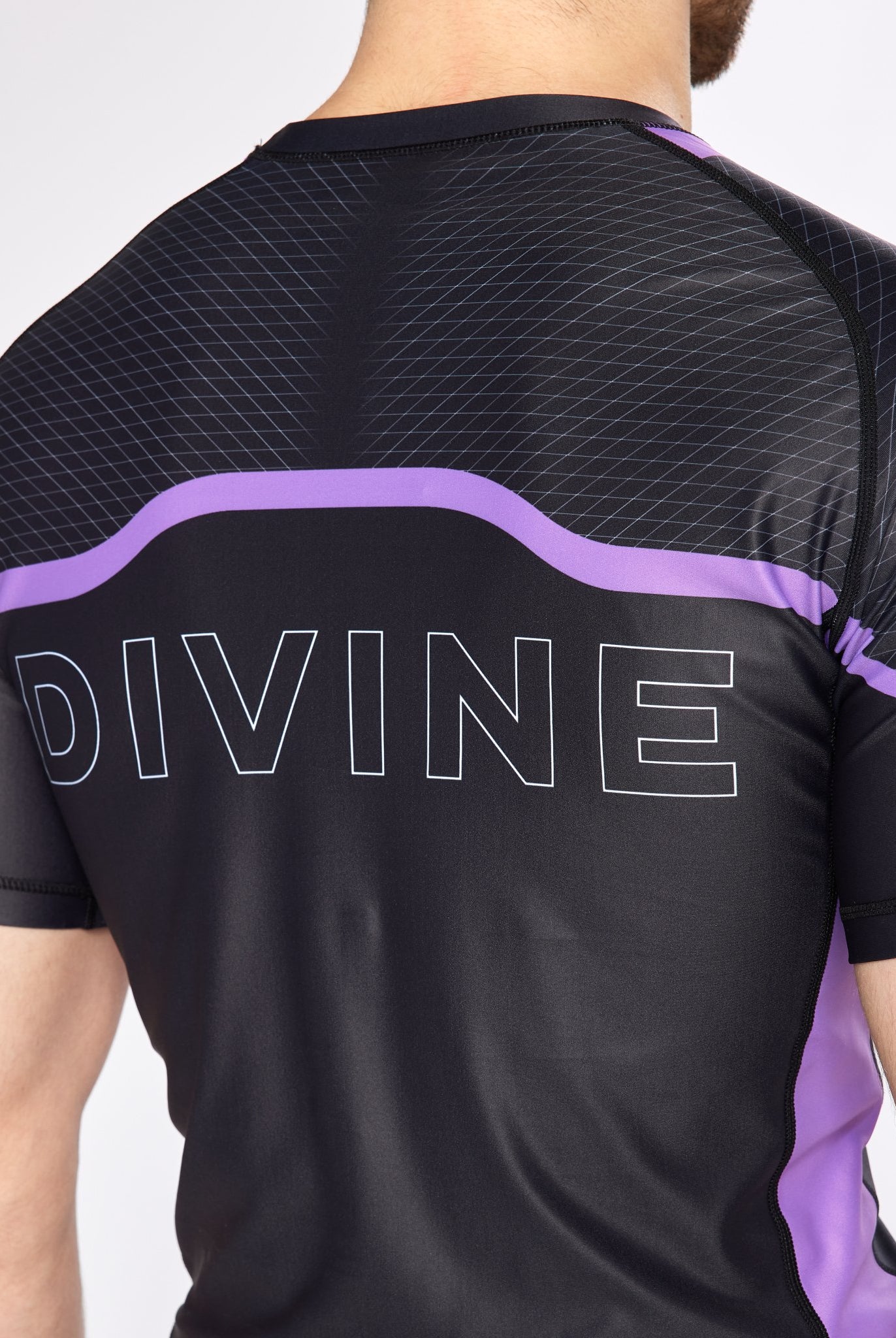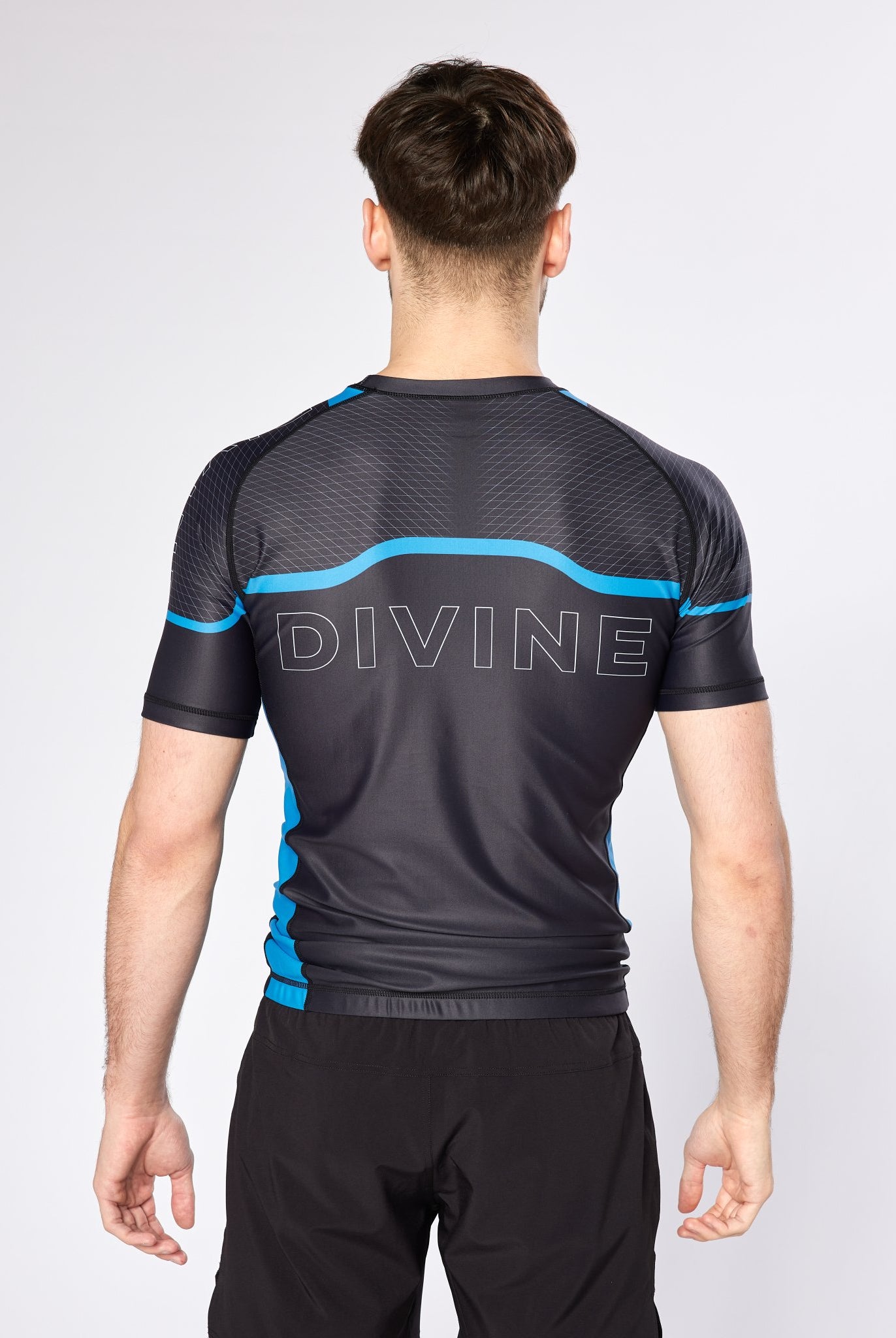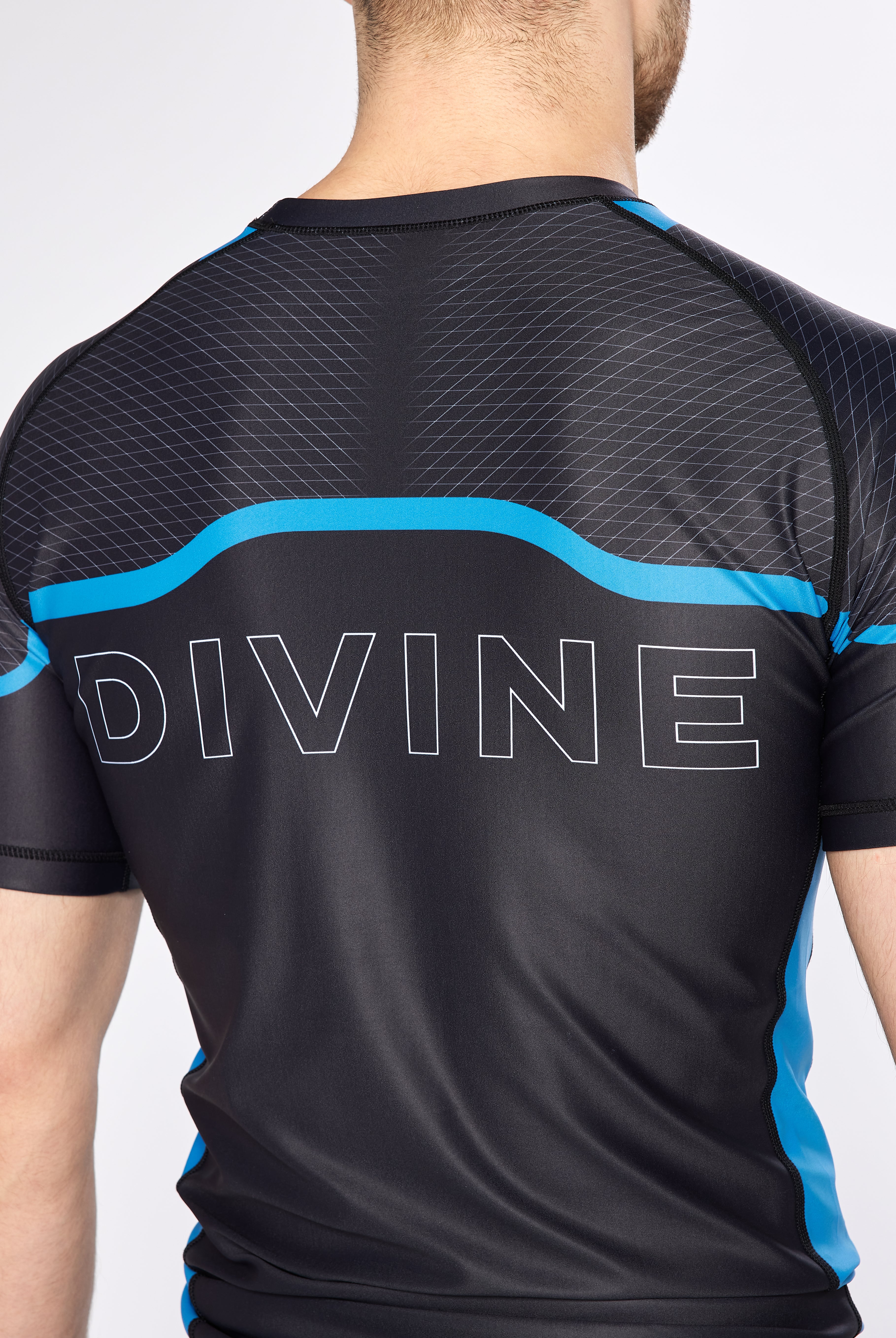Understanding the Journey and Timeline to Receive a Blue Belt

The journey to earning a blue belt in Brazilian Jiu-Jitsu can vary significantly among practitioners. On average, it typically takes between one to two years of consistent training to reach this level. Factors such as attendance, dedication, and individual progress play a crucial role in this timeline.
Different schools may have varying criteria for promotion, including skill development, competition experience, and the ability to demonstrate techniques effectively. Regular training and application of techniques in sparring sessions are essential to making progress.
For those eager to advance, understanding the expectations at their particular gym can provide clarity. By committing to regular practice and remaining focused on learning, practitioners can successfully navigate their path to earning a blue belt.
Understanding the Belt Ranking System in BJJ
The belt ranking system in Brazilian Jiu-Jitsu (BJJ) serves as a guide for practitioners on their journey through the art. Each belt represents a level of skill and understanding, with white belt being the starting point and black belt the culmination of years of training.
The Journey from White to Black Belt
BJJ practitioners progress through a series of colored belts. Each belt indicates a different level of expertise, with the following ranks commonly recognized:
- White
- Blue
- Purple
- Brown
- Black
This journey typically takes 8 to 15 years for most practitioners. Each belt requires not just technique, but also time on the mats and contributions to the training environment.
Promotion to the next belt usually involves a combination of time, skill demonstrations, and sometimes, a testing process. Instructors evaluate each student based on their ability to execute techniques, sparring performance, and overall commitment to learning.
Blue Belt Significance
The blue belt marks the first significant milestone in BJJ. It is often viewed as a rite of passage that signifies a solid understanding of fundamental techniques.
Upon earning a blue belt, a practitioner has typically trained for around 1 to 2 years. They have learned key positions, escapes, submissions, and basic strategies.
The blue belt also signifies increased responsibility. Practitioners are expected to assist lower belts, share knowledge, and continue refining their skills. While blue belts still have much to learn, they develop a greater sense of confidence and awareness on the mats. This stage prepares them for the advanced complexities that come with higher belts.
Factors Influencing Promotion Time
The journey to obtaining a blue belt in Brazilian Jiu-Jitsu (BJJ) varies among practitioners. Several key factors significantly impact the duration required for promotion, including training frequency, instruction quality, competitive results, and the individual's learning pace.
Frequency of Training
Training frequency plays a critical role in skill development. Practitioners who train consistently, ideally 3-5 times per week, tend to progress faster. Increased exposure to techniques and sparring opportunities accelerates learning.
Many academies evaluate the time spent on the mat. For instance, a higher number of training hours often correlates with improved proficiency. Conversely, those who train infrequently may experience slower progress.
Inconsistent attendance can hinder the retention of concepts and techniques. This inconsistency can result in a longer wait for promotion as instructors aim to ensure students have a solid grasp of the material.
Quality of Instruction
The quality of instruction received can significantly affect a student's progression. Experienced and skilled instructors provide better guidance, ensuring practitioners learn correct techniques and concepts.
Personalized feedback is essential. Instructors who take the time to address individual needs help students improve faster. They can identify specific areas for growth, making each training session more effective.
Additionally, a supportive environment fosters learning. Students in positive, encouraging academies tend to advance more quickly. The atmosphere can inspire them to dedicate more time and effort to their training.
Competitive Achievement
Participation in competitions can fast-track a student's journey to a blue belt. Competing enables practitioners to test their skills against varied opponents and face real-time pressure.
Instructors often take competitive performance into account. Success in tournaments can highlight a student's readiness for promotion, illustrating their ability to apply techniques under stress.
Moreover, experience gained from competition can significantly enhance a practitioner’s confidence. Understanding how to adapt strategies in a live setting is invaluable for growth in BJJ.
Individual Learning Pace
Everyone has a unique learning pace influenced by several factors, including prior experience in grappling or martial arts. Some practitioners may adapt quickly, while others may require more time to master certain techniques.
Motivation and dedication also affect how swiftly someone learns. Those who actively seek knowledge, drill techniques, and engage in sparring tend to progress faster.
Lastly, physical attributes, such as strength and flexibility, can impact learning speed. However, consistent effort and a focus on technique often outweigh inherent advantages in skill development.
Training Expectations for a Blue Belt
A blue belt in Brazilian Jiu-Jitsu (BJJ) represents a significant achievement. At this level, practitioners are expected to develop both technical skills and the ability to effectively spar and apply techniques learned.
Technical Proficiency
At the blue belt level, practitioners should demonstrate a solid understanding of fundamental techniques. This includes:
- Escapes: Mastery of basic escape techniques from various positions such as mount and side control.
- Submissions: Ability to perform and defend against common submissions like armbar, triangle, and rear-naked choke.
- Guard Play: Proficiency in maintaining and recovering guard positions as well as effective guard passing.
Expectations also include a deeper grasp of concepts such as leverage, frames, and hip movement. Blue belts should be capable of chaining techniques together and creating opportunities for submissions or positional advantages in live training.
Sparring and Application
Sparring becomes increasingly crucial at the blue belt level. Practitioners should engage in sparring sessions with different partners to experience various styles and body types. Key aspects include:
- Positional Sparring: Focused drills to work on specific positions, enhancing comfort and skill in those scenarios.
- Live Rolling: Engaging in full, live rolling sessions helps to assess application of techniques under pressure.
Continuous adaptation and strategy development are essential during sparring. Blue belts should learn to recognize opportunities for attacks while defending effectively, contributing to their overall growth in the sport. Regular feedback from instructors can enhance training outcomes.
Average Timeline to Attain a Blue Belt
The average timeline to attain a blue belt in Brazilian Jiu-Jitsu (BJJ) typically ranges from 1 to 3 years of consistent training. This duration depends on several factors, including the individual's commitment, previous martial arts experience, and the frequency of training sessions.
Key Factors Influencing Timeline:
- Training Frequency: Practicing 2-3 times a week can expedite the learning process.
- Instructor Evaluation: Each academy has its own criteria and timelines, significantly impacting advancement.
- Competition Experience: Competing can enhance skills and speed up belt promotion.
Typical Training Progression:
- 0-6 Months: New practitioners learn foundational techniques and concepts.
- 6-12 Months: Increased skill level; practitioners start to develop a game plan and improve sparring performance.
- 1-2 Years: Refinement of techniques and greater understanding of BJJ principles.
Individual progress may vary, and some may take longer to reach the blue belt level. Regular attendance and dedication are crucial to achieving this goal.
































